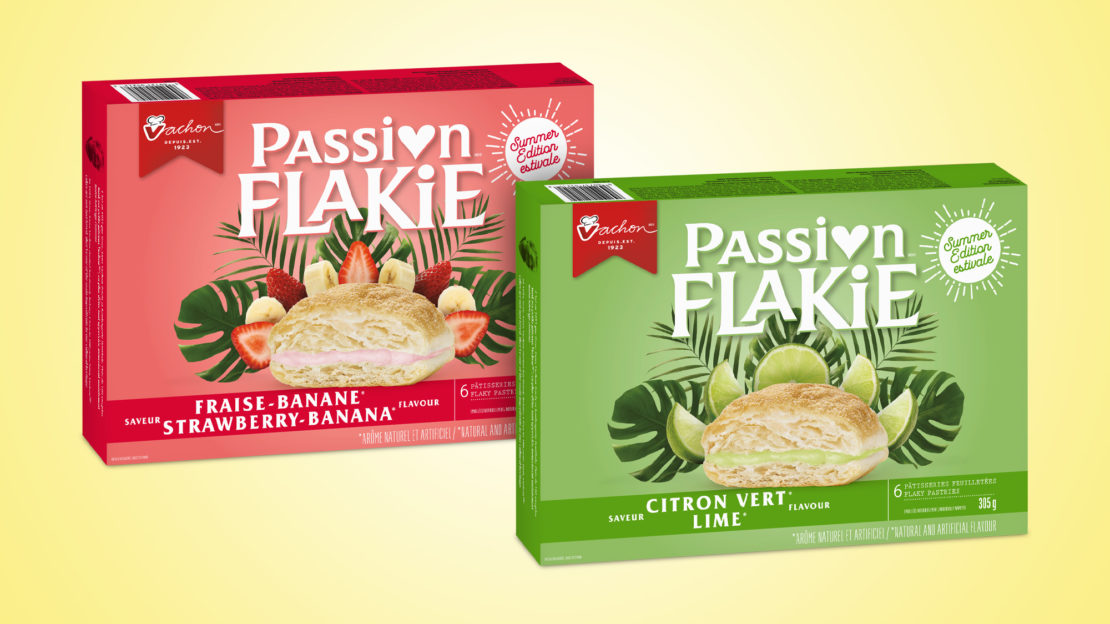Each season is marked by one or more events that are highlighted by brands throughout our lives as consumers. From Valentine’s Day early in the year to Christmas celebrations in December, with Halloween along the way, brands take advantage of these key moments to build and rejuvenate themselves, assert their presence and reinforce their relevance in everyone’s daily life.
Innovation and the creation of limited editions and/or seasonal collections in the realm of consumer packaged goods (CPG) are ideal for testing new product ideas in current or new categories.
The terms “special edition” or “limited edition”, when used in marketing, are intended to convey to the product a sense of novelty and originality as compared to the usual or classic edition. Limited editions give a sense of urgency, scarcity and exclusivity, as the products are usually only available for a short period of time and/or in limited numbers.
They also provide additional visibility and space in stores for a limited timeframe. Though they are designed to respond to the dynamics and commercial vitality of events and holidays, successful limited editions can be transformed into permanent listings and become available in stores all year round.
These editions can also be part of a rejuvenation strategy for an aging brand and impart freshness and dynamism, thereby rekindling the target consumer’s interest.
In 2021, to mark and celebrate the 60th anniversary of Warhol’s now hugely famous and iconic Campbell’s Soup Cans, Campbell partnered with the Andy Warhol Foundation to release a limited edition of soup cans inspired by the artist’s work. On Instagram, the hashtag “#campbellsxwarhol” has been dedicated to highlight this initiative, allowing consumers to share and spot the best posts created with the multicoloured label collection. A daring way to revitalize a brand that had become too predictable and to renew its consumers’ interest. The campaign also attracted new Campbell’s fans, among them admirers of Andy Warhol’s work and collectors of vintage objects.
Every time you see a limited edition product appear on the shelves, it is because it serves a specific strategic marketing purpose. The exercise, which may only seem festive, is in fact a marketing technique aimed at refocusing the consumer on the brand, and especially at diverting them from other products and competing brands. Seasonal collections can help brands increase their visibility on shelves, gain market share, test concepts and new products, celebrate anniversaries or take advantage of current trends.
Marketers must ensure that there is a compelling reason for the consumer to purchase the limited edition product at a premium price and not in a TPR (temporary price reduction) format.
Here are our rules and questions one must ask for a successful limited edition in today’s market.
Why do it? It is important to be clear on the goals to be achieved. To:
How to do it? In our experience, two key questions must be answered:
Marketers should not automatically expect to always generate sales volumes through limited editions. They should also focus on qualitative results such as renewed consumer interest or a revitalized brand image.
Even more so now than usual, a limited edition must be extremely well executed and in perfect step with the theme or holiday. For example, for the New Year’s festivities, the tone and style are based on elements of nostalgia and togetherness, to give a warm feeling of comfort and joy.
There are several research methodologies to thoroughly test the approach. In the context where innovation is linked to a season and is part of a brand’s growth plan, we believe it is necessary to test several ideas, and for each, with two or three variations in execution. This makes it possible to prioritize ideas and concepts and even build a project pool. Moreover, by testing several executions, it will be easier to establish each idea’s relative strengths and merits.
Julie Raymond, Vice President of Strategy and Innovation at BrandBourg, who has held numerous senior strategic marketing positions at Culinar, Saputo and Keurig, shares her experience:
“To determine the best turf, we test different executions. Obviously, consumers always react better to visual stimuli than to written concepts. This puts them in a better position to evaluate the concepts concretely and to transpose them into their reality and everyday life. As such, a minimum of 15 concepts are usually tested. This allows for hypothesis testing, rather than simply being instinctive and going on a ‘fishing expedition’.
“In my experience, limited editions are definitely one of those marketing initiatives that are too often underestimated by companies. They have proven to be successful not only in the marketplace but everywhere I’ve worked.”

Following on the heels of its successful Maple-flavour collection, Vachon introduced another innovation: a limited summer edition of its famous Passion Flakie pastries.

Hostess snacks, already famous for the classic CupCakes, is continually offering consumers a variety of fun, tasty and unique products.

Each season is marked by one or more events that are highlighted by brands throughout our lives as consumers. Brands take advantage of these key moments to build and rejuvenate themselves, assert their presence and reinforce their relevance in everyone’s daily life.

Julie Raymond, Vice President of Strategy and Innovation at BrandBourg
“In my experience, limited editions are definitely one of those marketing initiatives that are too often underestimated by companies. They have proven to be successful not only in the marketplace but everywhere I've worked.”
View more relevant articles